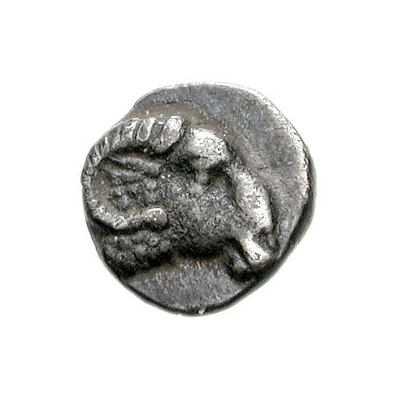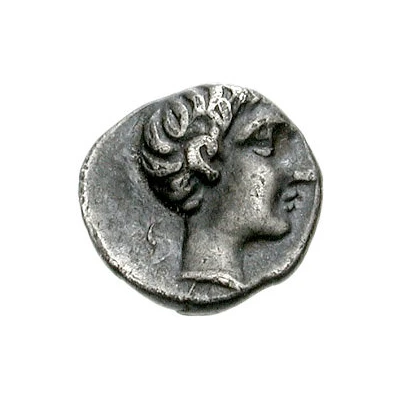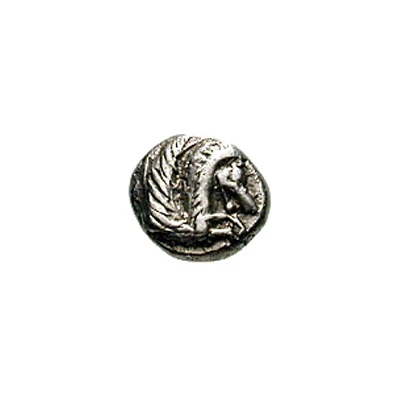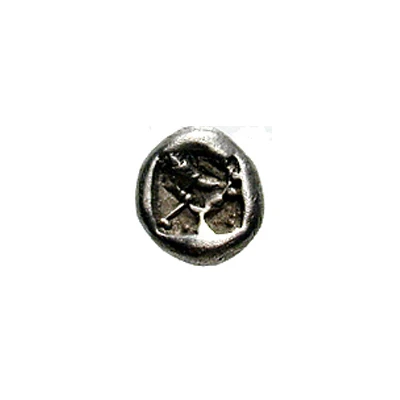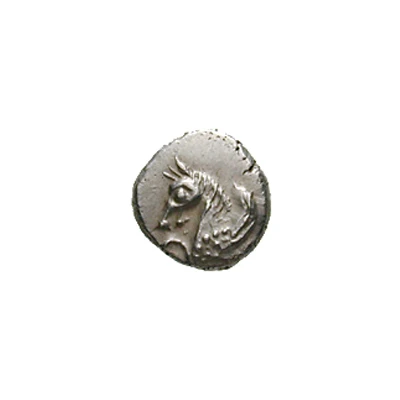
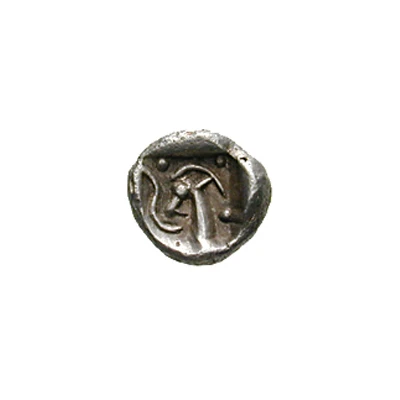

© Classical Numismatic Group, Inc.
Obol 480 BC
480 BC year| Silver | 1.05 g | - |
| Issuer | Halikarnassos (Caria) |
|---|---|
| Type | Standard circulation coin |
| Year | 480 BC |
| Value | Obol (⅙) |
| Currency | Drachm |
| Composition | Silver |
| Weight | 1.05 g |
| Shape | Round (irregular) |
| Technique | Hammered, Incuse |
| Demonetized | Yes |
| Updated | 2024-10-09 |
| Numista | N#147380 |
|---|---|
| Rarity index | 100% |
Reverse
Head of a goat left, three pellets around. All within incuse square
Comment
Cf. BMC Caria pg. 102, 1-2.
Interesting fact
The Obol coin from Halikarnassos (Caria) was used as a form of currency in ancient Greece and has a unique history. One interesting fact about this coin is that it features a symbol of a dolphin on one side, which was a symbol of the city of Halikarnassos. This dolphin symbol was used to represent the city's connection to the sea and its importance as a port city. Additionally, the use of silver in the coin's production was a significant innovation at the time, as it was a more valuable and durable material than the copper and bronze coins that were previously used. Overall, the Obol coin from Halikarnassos (Caria) is a fascinating piece of history that provides insight into the economy, culture, and technology of ancient Greece.
